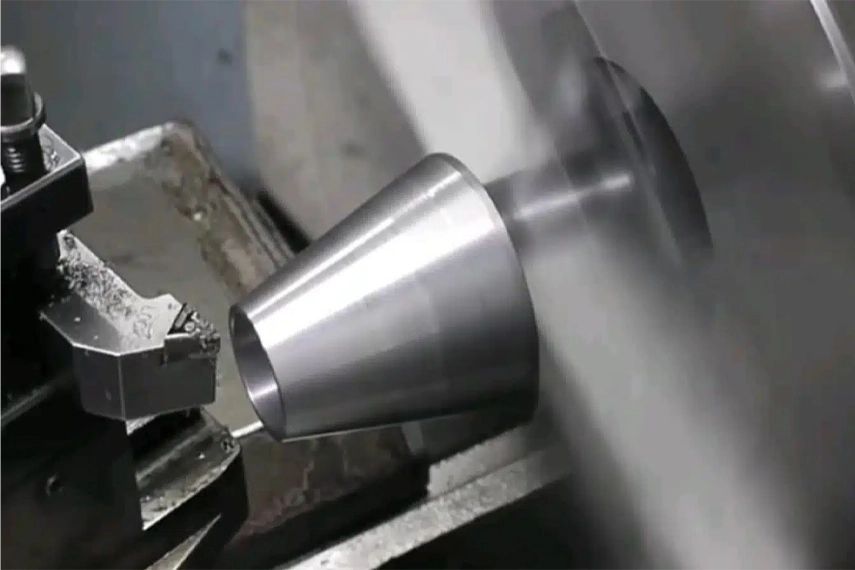Spindle Motor HS Code
2024-08-19 16:15:04
Understanding the Harmonized System (HS) code for spindle motors is essential for professionals involved in international trade and customs. HS codes are standardized numerical classifications used to identify products in international trade, ensuring consistency and efficiency in the global shipping process. This article provides an in-depth analysis of the HS code for spindle motors, exploring its significance, structure, and application.

Introduction to HS Codes
The Harmonized System (HS) is an internationally standardized system of names and numbers for classifying traded products. Developed and maintained by the World Customs Organization (WCO), the HS system is used by more than 200 countries and economies as a basis for their customs tariffs and for the collection of international trade statistics. The HS code is a six-digit number, but countries can add more digits to classify products more precisely.
What is a Spindle Motor?
Spindle motors, also known as CNC (Computer Numerical Control) spindle motors, are a critical component in various industrial machines. These motors are designed to rotate at high speeds and provide the necessary torque and precision required in applications such as milling, drilling, engraving, and grinding. Spindle motors are widely used in industries like automotive, aerospace, woodworking, and manufacturing.
Importance of the HS Code for Spindle Motors
- Customs Clearance: Accurate HS code classification ensures smooth customs clearance, reducing the risk of delays and additional costs.
- Tariff Calculation: The HS code determines the applicable tariffs and taxes, which can significantly impact the overall cost of importing or exporting spindle motors.
- Trade Statistics: HS codes help in collecting and analyzing trade data, which is vital for understanding market trends and making informed business decisions.
- Compliance: Proper classification under the correct HS code ensures compliance with international trade regulations and avoids potential legal issues.
Structure of the HS Code for Spindle Motors
The HS code system is hierarchical and organized into sections, chapters, headings, and subheadings. Each level of classification provides more specific information about the product. The general structure of an HS code is as follows:
- Section: Broad categories of goods (e.g., Section XVI - Machinery and Mechanical Appliances).
- Chapter: More specific categories within the section (e.g., Chapter 84 - Machinery and Mechanical Appliances; Electrical Equipment).
- Heading: Specific types of products within the chapter (e.g., Heading 8467 - Tools for working in the hand, pneumatic, hydraulic, or with self-contained electric or non-electric motor).
- Subheading: Even more specific classification within the heading (e.g., Subheading 8467.21 - Drills of all kinds).
For spindle motors, the classification typically falls under Chapter 85, which covers electrical machinery and equipment.
Example of HS Code for Spindle Motors
A commonly used HS code for spindle motors is 8501. This code falls under:
- Section XVI: Machinery and Mechanical Appliances
- Chapter 85: Electrical machinery and equipment and parts thereof; sound recorders and reproducers, television image and sound recorders and reproducers, and parts and accessories of such articles.
- Heading 8501: Electric motors and generators (excluding generating sets).
Further subheadings may be added to specify the type, power rating, and other characteristics of the spindle motor.
Classification Criteria for Spindle Motors
The accurate classification of spindle motors under the HS code requires a detailed understanding of their specifications and use. Key criteria include:
- Type of Motor: Whether the motor is AC or DC, single-phase or three-phase.
- Power Rating: The motor's power output, typically measured in kilowatts (kW) or horsepower (HP).
- Speed: The rotational speed of the motor, often specified in revolutions per minute (RPM).
- Application: The intended use of the motor, such as milling, drilling, or engraving.
Challenges in HS Code Classification
Classifying spindle motors accurately can be challenging due to the following reasons:
- Complexity: The intricate design and varied specifications of spindle motors can complicate the classification process.
- Changes in Technology: Rapid advancements in motor technology can lead to new types of spindle motors that may not fit neatly into existing HS codes.
- Interpretation: Different countries may interpret HS codes differently, leading to inconsistencies in classification.
Tips for Accurate Classification
To ensure accurate HS code classification for spindle motors, consider the following tips:
- Detailed Documentation: Provide comprehensive technical documentation, including motor specifications, diagrams, and application descriptions.
- Consult Experts: Seek guidance from customs experts or trade consultants who specialize in HS code classification.
- Stay Updated: Keep abreast of changes in HS code regulations and updates from the World Customs Organization.
- Use Online Tools: Utilize online classification tools and databases provided by customs authorities to verify the correct HS code.
Conclusion
The HS code for spindle motors plays a vital role in international trade, affecting customs clearance, tariff calculation, trade statistics, and compliance. Understanding the structure and significance of the HS code, along with accurate classification criteria, is essential for professionals in the field. By following best practices and staying informed about regulatory changes, businesses can navigate the complexities of HS code classification and ensure smooth international trade operations.
See What Lunyee Can Do For You
Contact Us
- 8619149417743
- +86-0371-5562 0274
- [email protected]
- Zhengzhou, Henan Province, China
- Mon-Fri: 9:00 - 18:00




